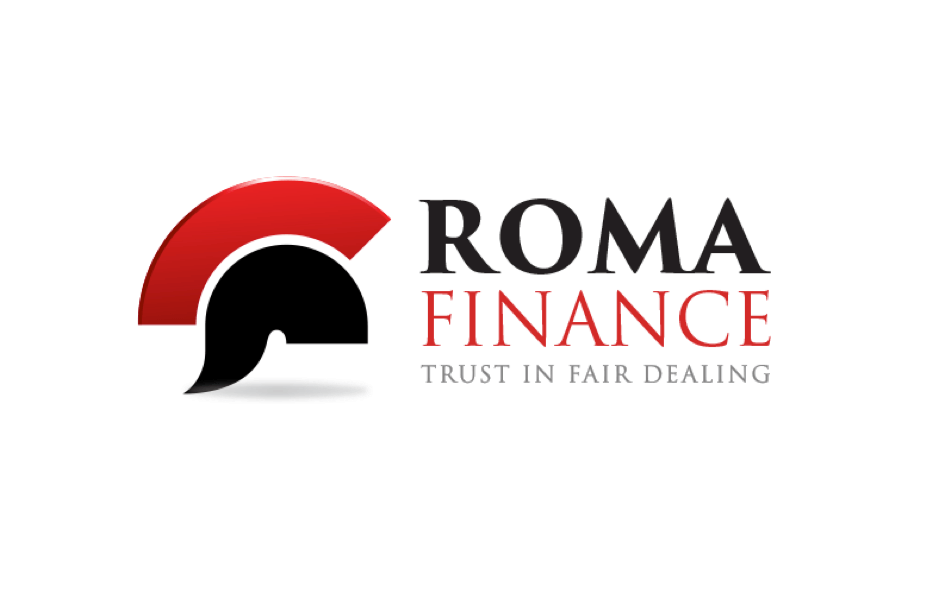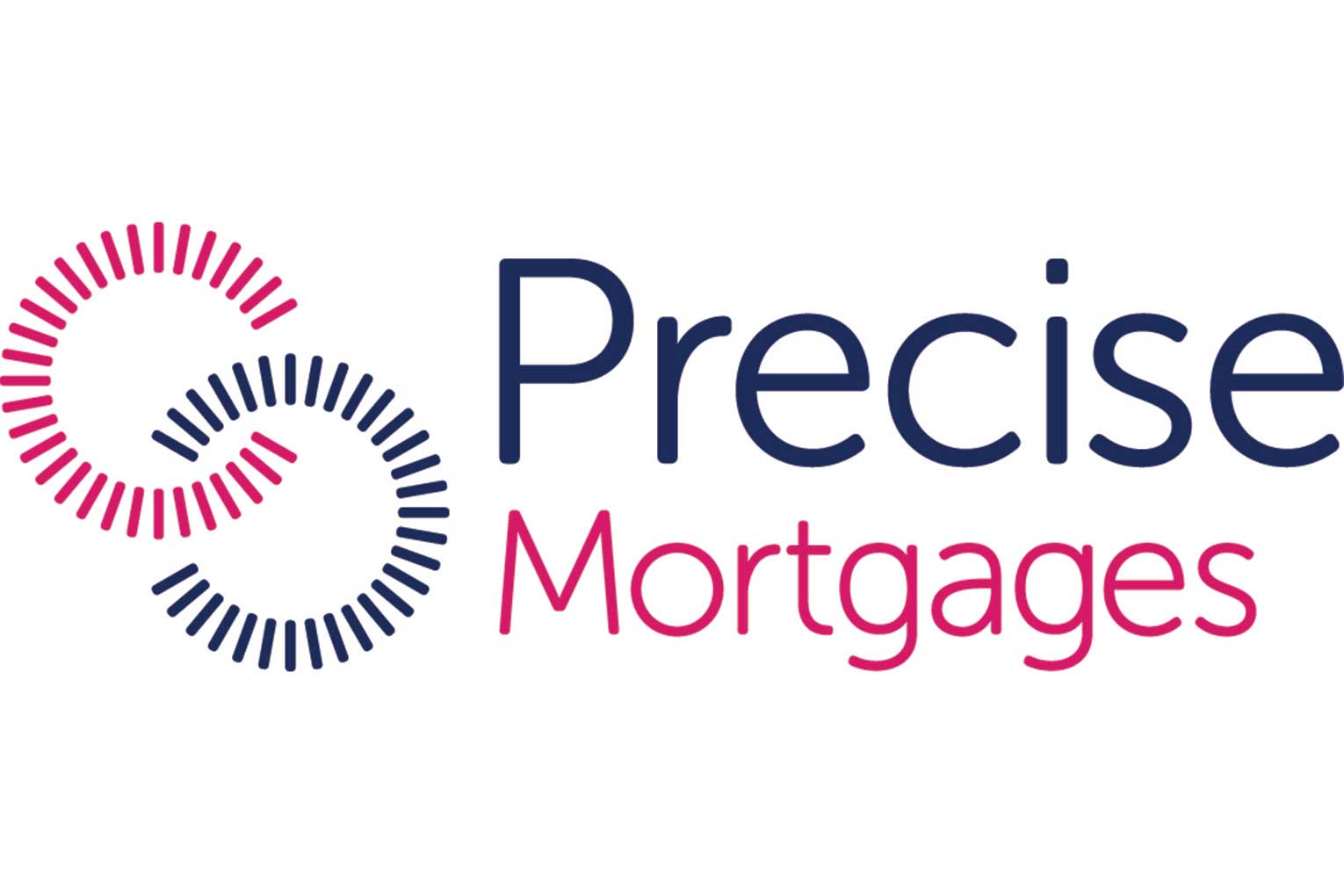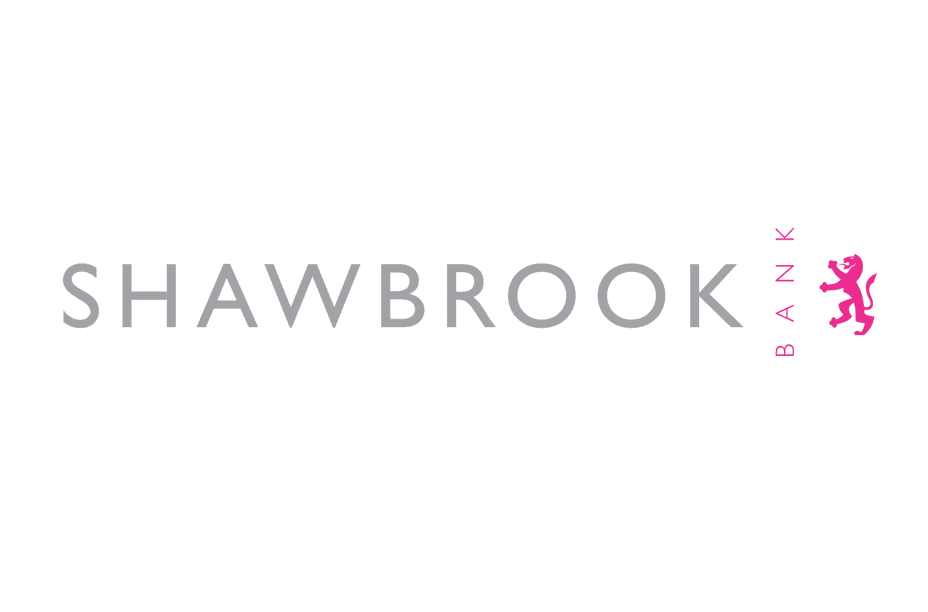100% LTV Bridging Loans
You can borrow a 100% LTV bridging loan, however these are usually only done under certain circumstances.
Most regulated bridging loans will offer a maximum LTV of 75%, however unregulated bridging loans can go a lot higher than this, with 80% LTV, 90% LTV and 100% LTV potentially available.
Apply for a Bridging Loan Below
Apply for a Bridging Loan Below
*UK Property Only | *Minimum Age 21
Key Features
- Borrow £50,000 – £25 million
- Loan Term: up to 24 months
- Loan-To-Value: up to 75% (regulated) and 80% (non-regulated)
- Rates from 0.44% per month
- All credit scores considered
What Is a 100% LTV Bridging Loan?
A 100% LTV (Loan-to-Value) bridging loan is a loan that covers 100% of the secured property/asset’s value.
The LTV is an expression of the percentage a lender is willing to provide based off of the value of the secured property/asset. The higher the LTV the bigger the risk it is for the lender, which makes a 100% LTV bridging loans uncommon.
The bigger the LTV, the more money you are borrowing against the secured property/asset, and therefore the more money you’ll have to repay. The lower the LTV of your bridging loan the more of the property you’ll own outright.
While it’s ideal to own as much of the property outright as you can, and have as low an LTV as possible, sometimes you need to borrow a large percentage of the property’s value to move forward with your plans.
Speak to Octagon Capital on 0333 414 1491 for bridging loans at a range of different LTVs.

Can You Get a 100% LTV Bridging Loan?
Yes, you can get a 100% LTV bridging loan, however, these types of loans are uncommon, and may require borrowers to meet additional criteria in order to borrow.
To get approved for this LTV, you may be required to add an additional asset as security onto the loan, or to buy the property below its market value.
Offering an additional asset as security on a bridging loan can help reduce the lender’s risk of providing said loan. The added security will usually have to be another property that you own outright, however requirements for the asset can vary.
Buying the property you want to secure the loan on at under its market value can also help to boost your chances of approval – applying for this LTV based on the property’s open market value rather than its purchase price.
What’s the Eligibility Criteria for a 100% LTV Bridging Loan?
Eligibility criteria for any bridging loan can vary, however, below are some of the requirements you might be expected to meet when applying for a 100% LTV bridging loan:
- Must have exit strategy
- Must be over 18
- Must be a minimum borrowing amount of £50,000
- Be able to add another asset as extra security on the loan
- Be able to purchase the property at under its market value
- Property is subject to valuation
Try Our 100% LTV Bridging Loan Calculator
By submitting this form I agree to being contacted by SPF Short Term Finance and I have read and accept the Terms and Conditions.
Can I Get a Bridging Loan Without Security?
No, you will not be able to take out a bridging loan without security. Bridging loans are only ever offered as a secured type of borrowing, meaning borrowers will have to provide the appropriate valuable asset to act as security on the loan.
One of the major benefits of secured lending is that borrowers can usually borrow more money when compared to other, unsecured types of loans. Lenders of secured loans may also consider those with bad credit history, as they have security that the loan will be paid back, even if the borrower can’t keep up with repayments.
When considering a secured loan, it’s important to understand the risks that come with this form of borrowing – as failure to repay the loan can end in repossession of the asset you’ve secured against it.
FAQs
Octagon Capital are a broker based in London. We’re authorised by the FCA (Financial Conduct Authority) and have partnered with award-winning SPF Short Term Finance.
SPF Short Term Finance process all enquiries, ensuring customers receive a quality service.
There are various different ways you can repay a bridging loan, two examples being:
- Make standard monthly repayments
- Roll up the repayments for the end of the loan term
Discuss with your lender to find out what repayment options are available to you.
Bridging loans are only appropriate for certain situations. They are a secured type of loan that can help with temporary cash flow issues.
For example, a property developer looking to refurbish a property or block of flats to sell them at a higher price may consider a bridging loan to help fund this project.
Read our page on bridging loans for more information on how they work and when to use them.
Typically, you can borrow a regulated bridging loan for up to 12 months, and an unregulated bridging loan for up to 24 months.
The precise length of time you’ll be able to borrow for will depend on your circumstances.
Yes, bridging loans are secured loans, meaning they will have to have an asset (usually a property) as security.
For 100% LTV bridging loans, you may need to add an additional asset as security onto the loan, helping to further reassure the lender the loan will be paid back, even if the borrower fails to make repayments.
THINK CAREFULLY BEFORE SECURING OTHER DEBTS AGAINST YOUR HOME. YOUR HOME MAY BE REPOSSESSED IF YOU DO NOT KEEP UP REPAYMENTS ON YOUR MORTGAGE.
A maximum fee of 1% of the loan amount is payable – for example on a mortgage of £100,000 the fee would be £1,000, the exact fee will be dependent on your circumstances. For Bridging Finance where the net loan amount is £150,000 or below, the maximum fee charged is £1,995.
SPF Short Term Finance is a trading style of SPF Private Clients Limited which is authorised and regulated by the Financial Conduct Authority (FCA).





